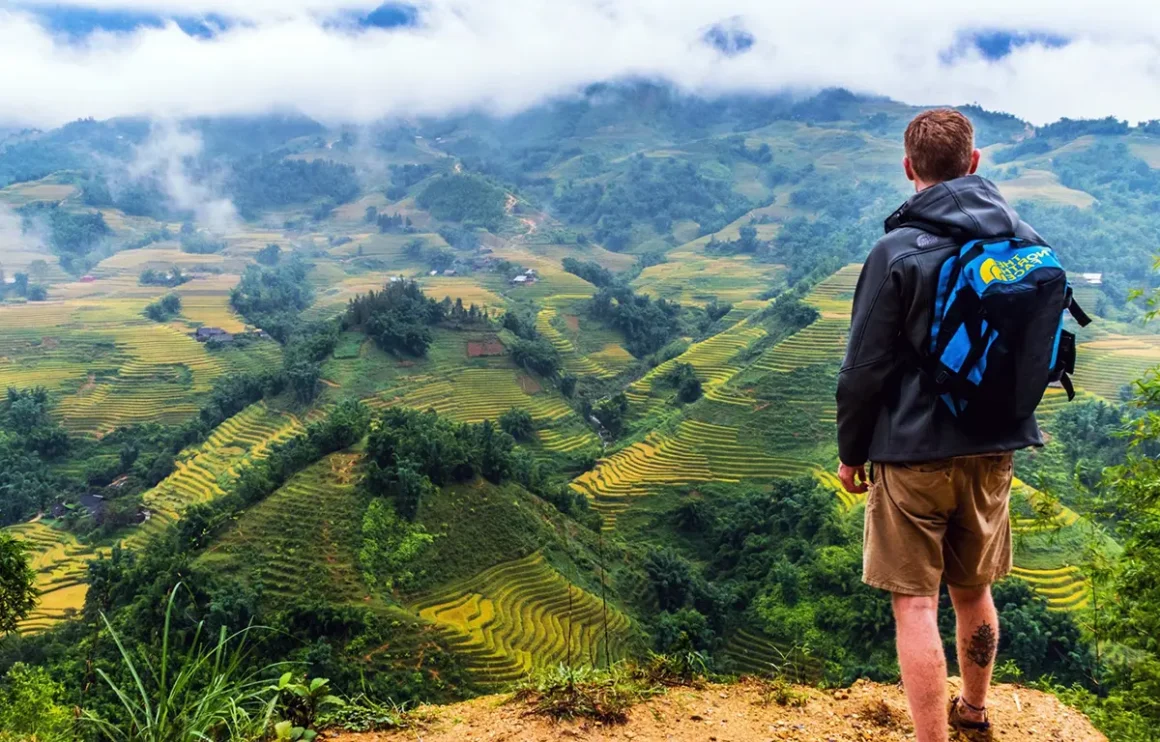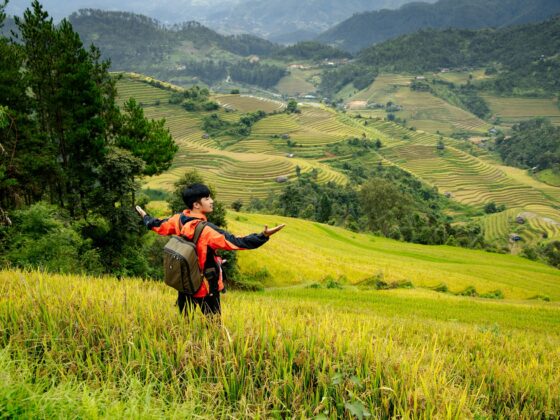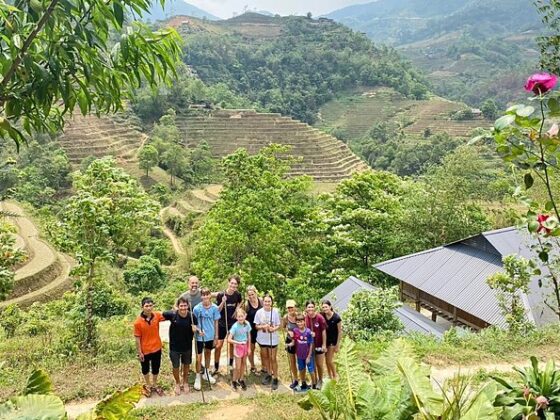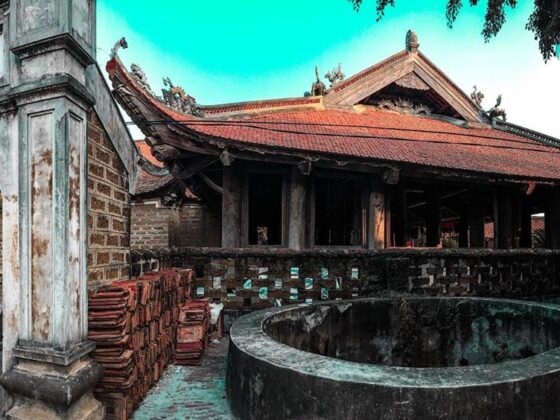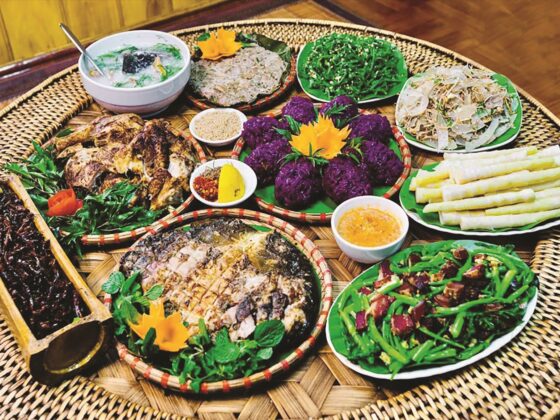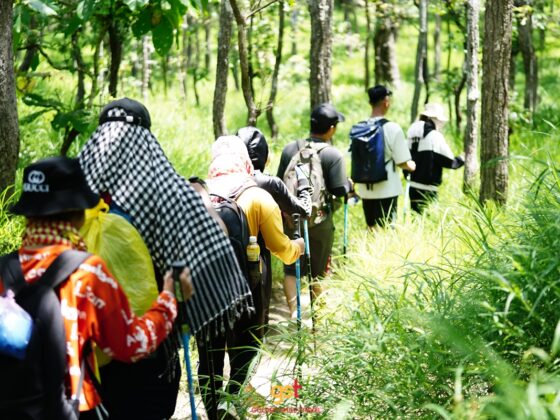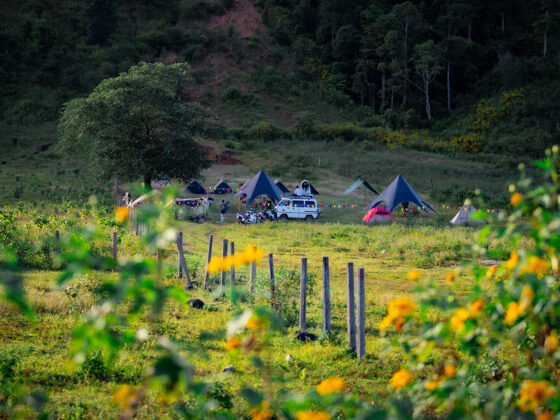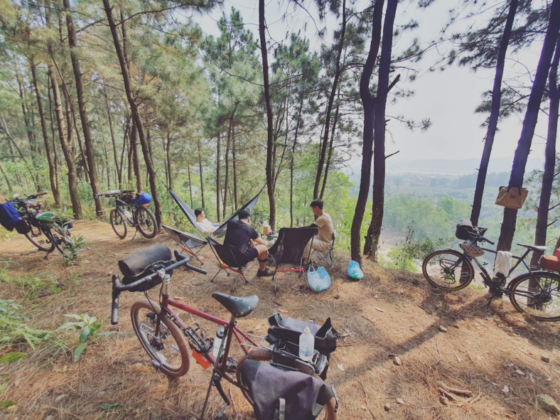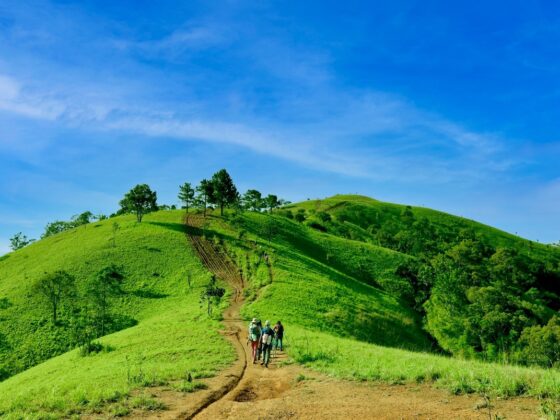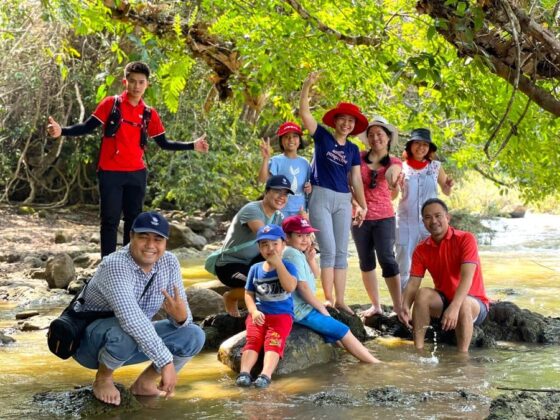Table of Contents Show
For those seeking the best trekking in Vietnam, the country is a treasure trove for adventure seekers. It showcases a diverse range of experiences that highlight breathtaking landscapes and rich cultural heritage. From the majestic peaks of the North to the lush valleys of the Central Highlands, each destination presents unique trails and opportunities for exploration. Here’s a guide to the top five trekking destinations in Vietnam, perfect for adventurers of all levels.
Read more interesting posts here:
- The 2-Hour Rule: Finding Accessible Nature Trails in Vietnam
- More Than a Tent: How Glamping Became My Favorite Mindful Travel Experiences
- The Ultimate Toolkit for Friendly Competition Ideas: Run It Your Way
1. Sapa: A top destination for the best trekking in Vietnam
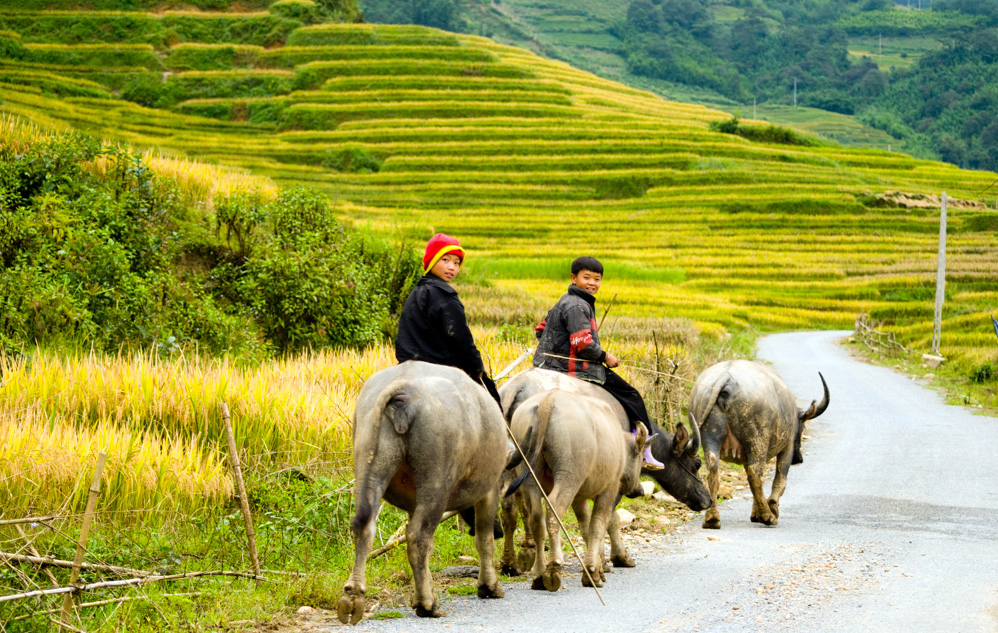
Often hailed as the destination for the best trekking in Vietnam, Sapa is famous for its stunning rice terraces and vibrant ethnic minority cultures, including the Hmong, Dao, and Tay peoples. The challenging trek to Fansipan, Vietnam’s highest peak, rewards hikers with breathtaking panoramic views. For a more leisurely experience, trails winding through terraced fields and small villages offer enriching interactions with locals.
- Best Time to Visit: September to November (for golden rice fields) or March to May (for pleasant weather).
2. Mai Chau: A hidden spot for the best trekking in Vietnam
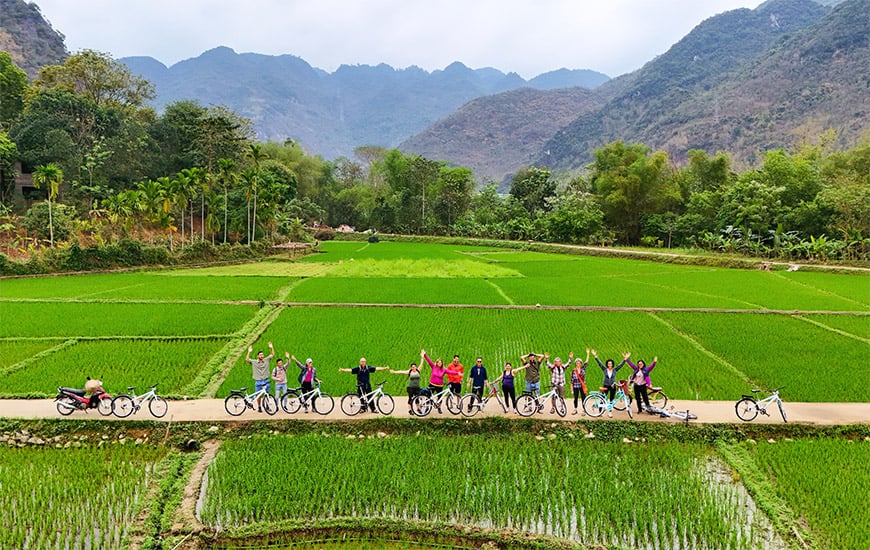
For those seeking a more serene alternative, Mai Chau offers some of the best trekking in Vietnam for cultural immersion. This picturesque valley is perfect for escaping the city’s hustle and bustle. Trails meander through lush rice paddies and past traditional stilt houses, providing a glimpse into the daily lives of the Thai ethnic group. A guided trek with a homestay is highly recommended to savor authentic cuisine and support the community.
- Best Time to Visit: During the dry season from November to April.
3. Phong Nha-Kẻ Bàng National Park: Nature’s wonderland
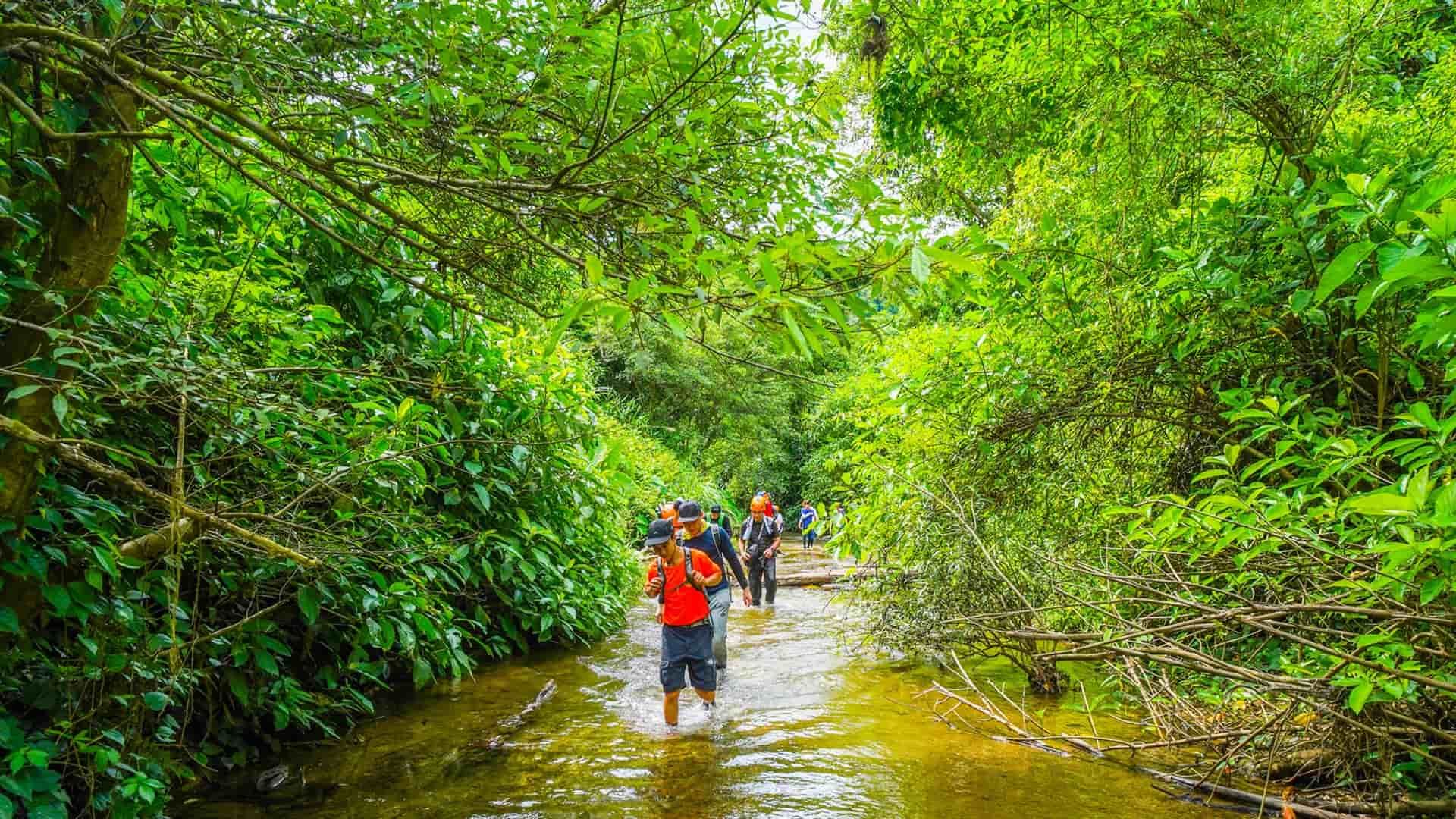
Recognized as a UNESCO World Heritage site, Phong Nha-Kẻ Bàng National Park is a natural wonderland filled with some of the world’s largest caves. The park offers a variety of trekking options, ranging from short hikes to multi-day expeditions. For travelers searching for the best trekking in Vietnam, this destination stands out with its incredible landscapes and challenging trails.
One highlight is the trek to Paradise Cave, known for its stunning stalactites and stalagmites. For those seeking adventure, the trek to Son Doong Cave – the largest cave in the world provides an unparalleled experience. Guided tours are recommended for navigating the rugged terrain.
- Best Time to Visit: From April to August, when the weather is drier.
4. Cat Ba Island: Gateway to the best trekking in Vietnam
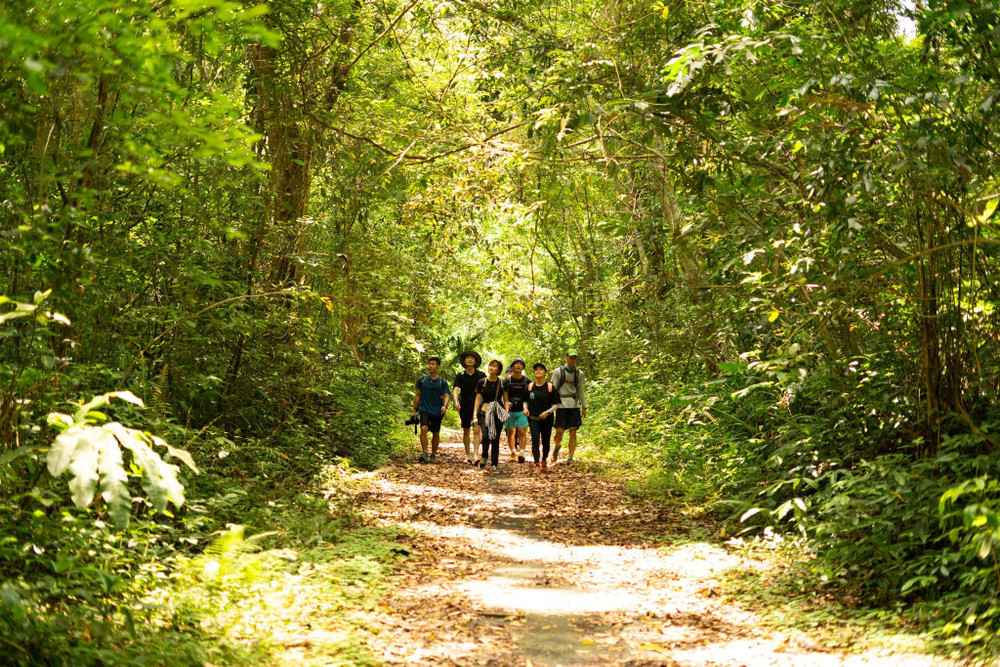
Combining coastal beauty with jungle paths, Cat Ba Island provides some of the most diverse trekking in Vietnam. Part of the Ha Long Bay archipelago, the island is a paradise for outdoor enthusiasts.
The trails in Cat Ba National Park lead to breathtaking viewpoints overlooking the bay, making it one of the top spots for the best trekking in Vietnam, while hidden beaches along the coastline beckon for exploration. For a unique experience, combine your trek with kayaking in the emerald waters.
- Best Time to Visit: During the spring (March-May) and autumn (September-November) months.
5. Central Highlands: A cultural journey
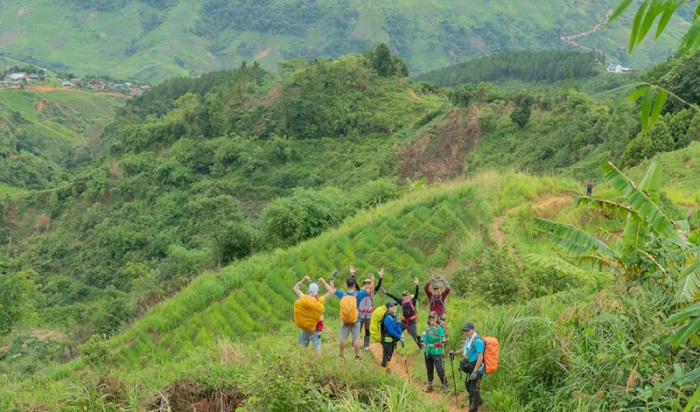
The Central Highlands of Vietnam are known for their diverse landscapes and rich ethnic cultures. Regions like Dak Lak and Kon Tum feature coffee plantations, stunning waterfalls, and lush forests, providing a unique trekking experience.
For those looking to experience the best trekking in Vietnam, this region offers trails that lead to remote villages, allowing trekkers to engage with indigenous peoples and learn about their customs and traditions. The area is also famous for its beautiful waterfalls, such as Dray Nur and Gia Long, which make for perfect spots to relax after a long trek.
- Best Time to Visit: During the dry season from November to March.
Enhancing your trekking experience with ExoTrails
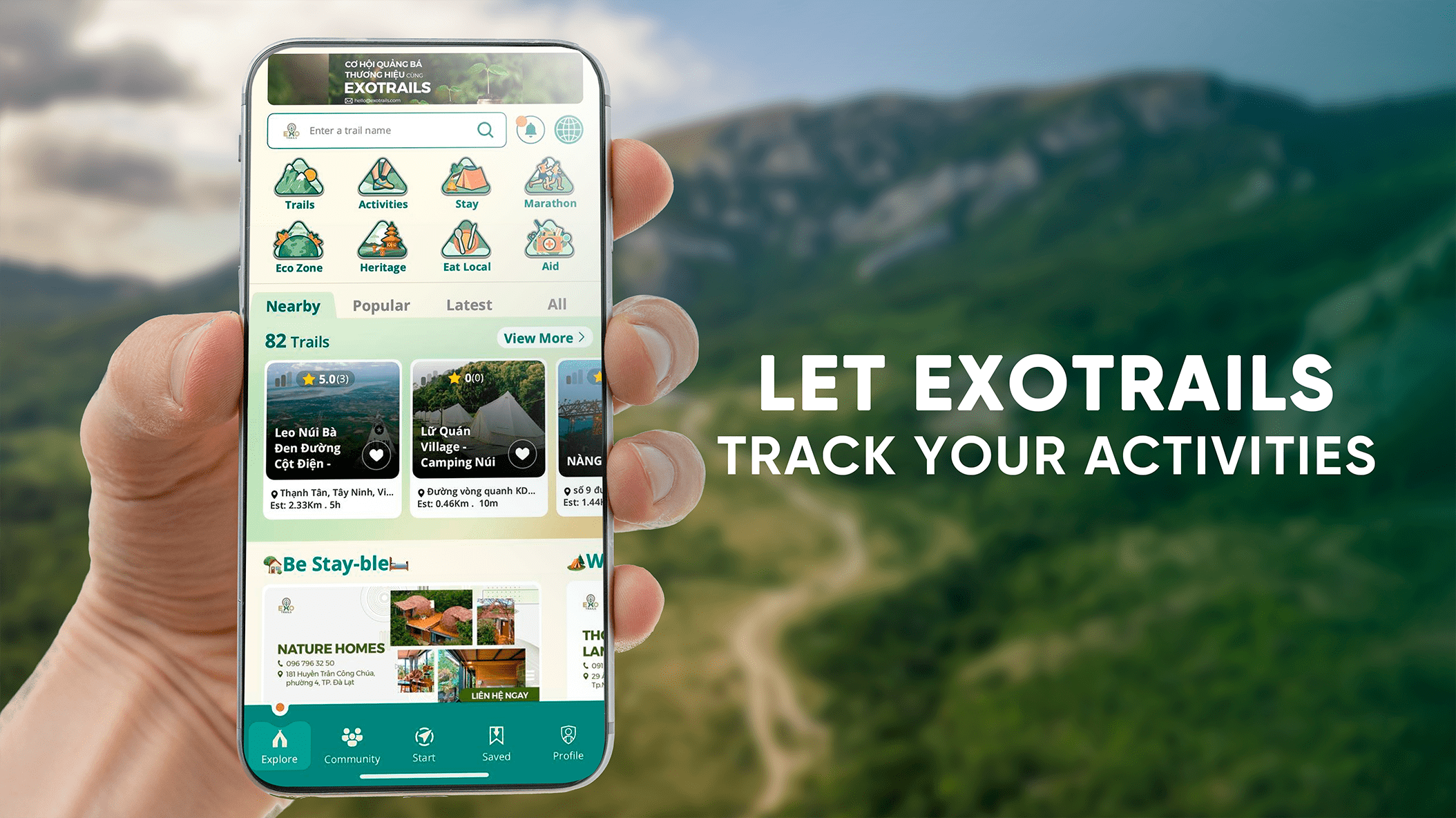
To make the most of your adventure, consider using ExoTrails, an outdoor lifestyle app created by a grassroots group of Vietnam’s nature seekers. This app curates thousands of places to trek, hike, camp, and more. With offline maps, a tracking feature, an alert button, and a digital compass, ExoTrails enhances your outdoor experience and helps keep you safe on your journey to find the best trekking in Vietnam.
Conclusion
Vietnam is a trekking paradise, offering diverse landscapes, vibrant cultures, and unforgettable experiences. Each destination provides unique trails and opportunities to connect with local communities, making every adventure truly memorable. For those seeking the best trekking in Vietnam, there are countless routes that showcase the country’s natural beauty and cultural richness.
As you embark on your journey, remember to respect the environment and the cultures you encounter. Equip yourself with the right gear, stay safe, and immerse yourself in the breathtaking beauty that Vietnam has to offer. Happy trekking!
Ready to plan your trek? Join our community of explorers in the ExoTrails Facebook Group and follow the ExoTrails Fanpage for daily inspiration and trail tips!
FAQs
Where is the best place for trekking in Vietnam?
Sapa is widely considered the best and most famous place for trekking due to its stunning rice terraces and rich ethnic culture.
What is the most famous hike in Vietnam?
The trek to Fansipan, the highest peak in Indochina, located near Sapa, is arguably the most famous and challenging hike in Vietnam.
Is Sapa good for hiking?
Yes, Sapa is excellent for hiking, offering a wide range of trails suitable for all levels, from easy village walks to the strenuous Fansipan ascent.
When is the best season for trekking in Northern Vietnam?
The best seasons are autumn (September to November) for the golden harvest season and spring (March to May) for pleasant weather and blooming flowers.
What should I know before trekking in Vietnam?
Always check the weather, pack layers and rain gear, wear sturdy hiking shoes, carry enough water, and consider hiring a local guide for remote areas.

